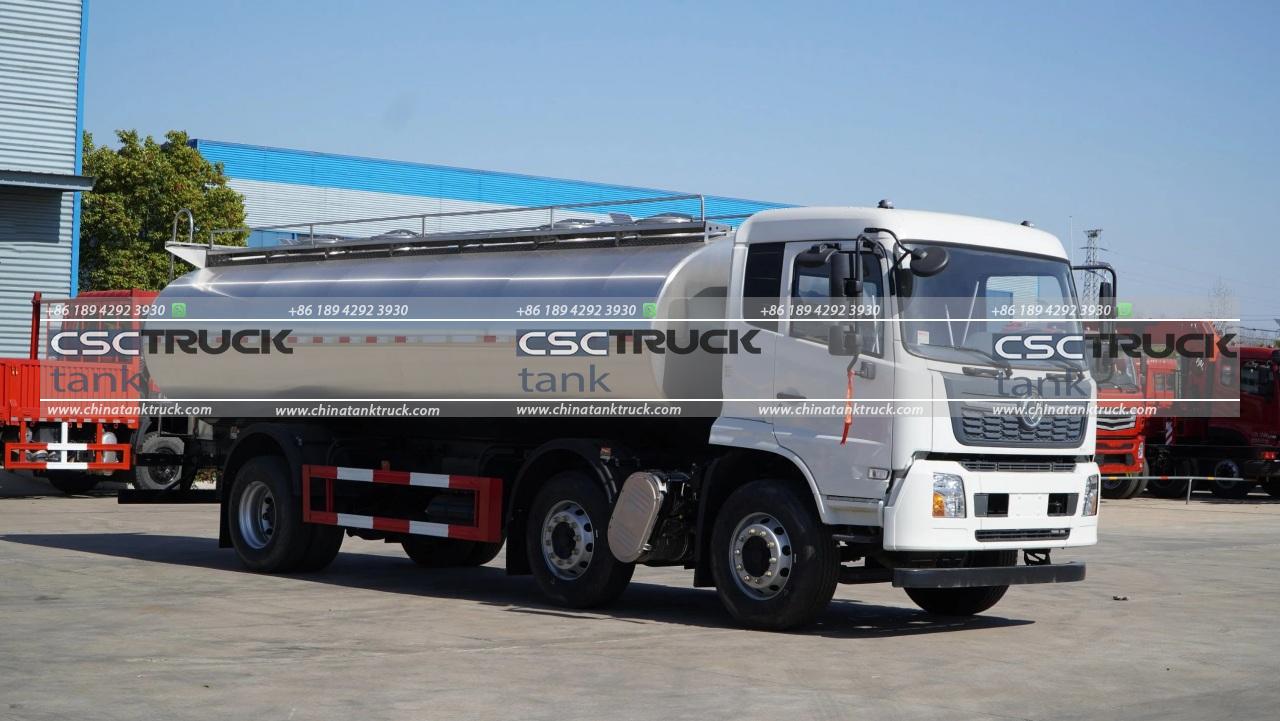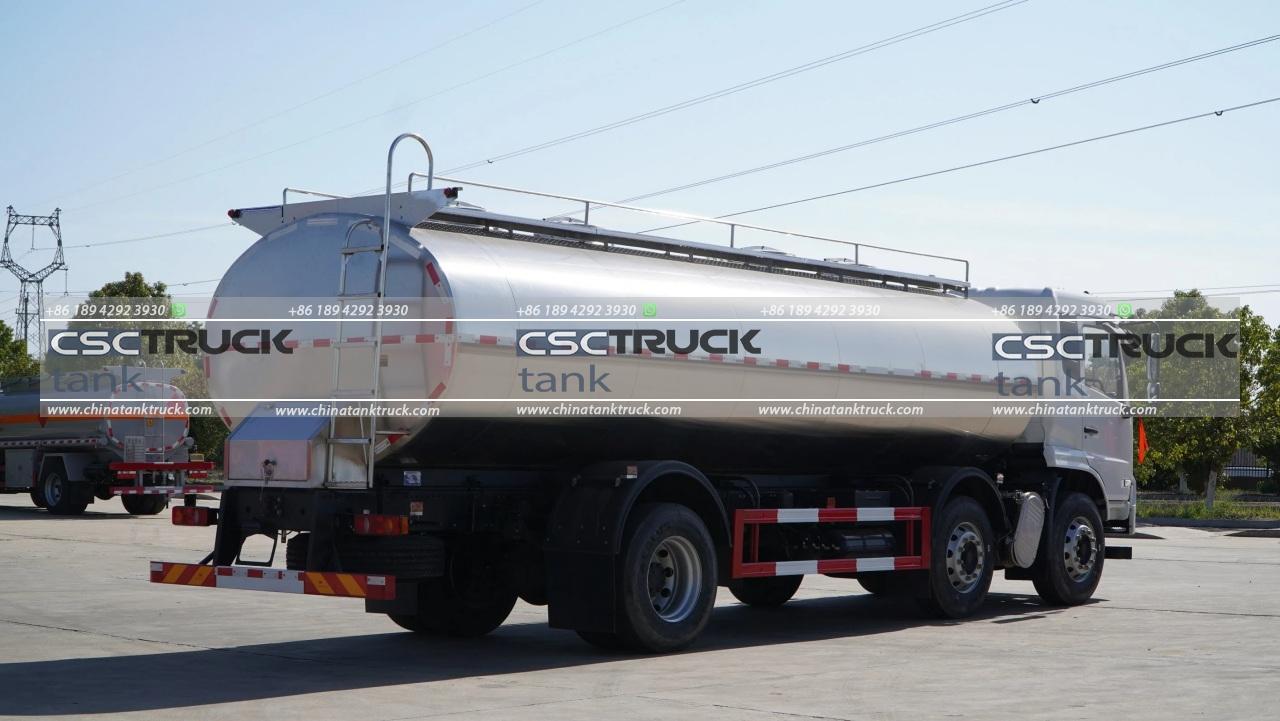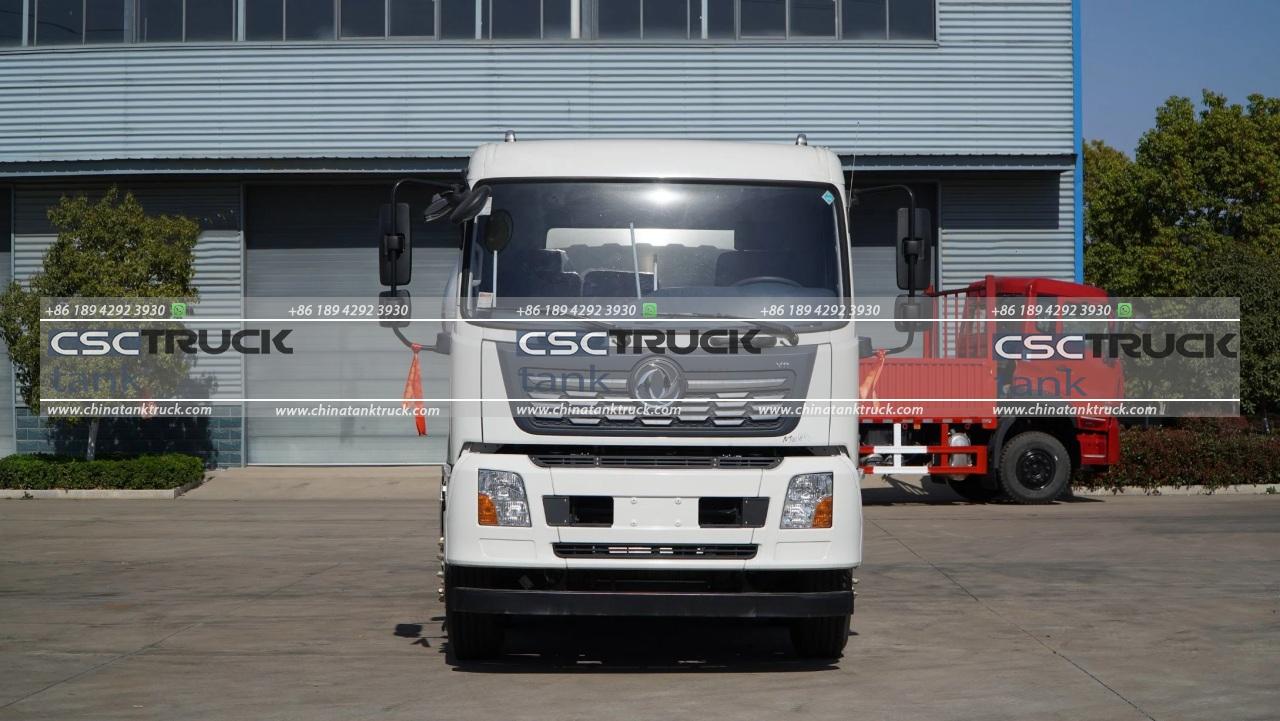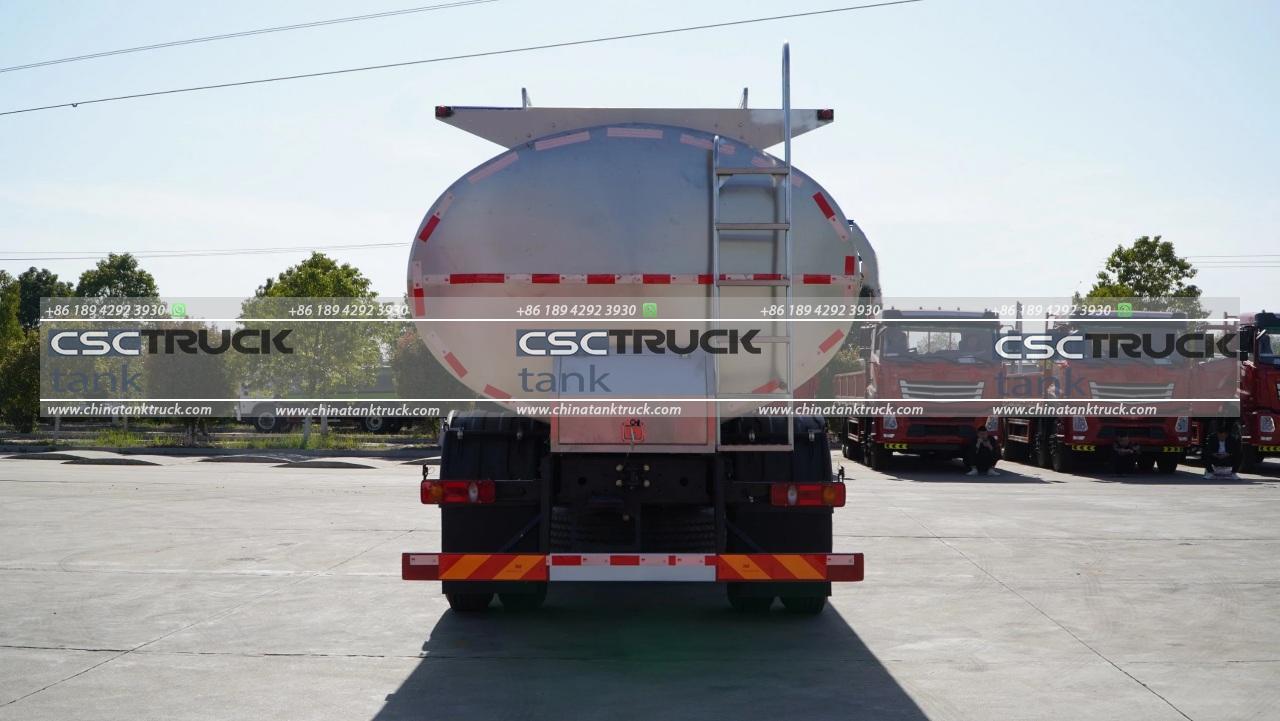How Much Milk is in a Milk Truck?
When you see a milk truck rolling down the road, it’s easy to overlook the scale of its contents. After all, milk trucks are a common sight in both rural and urban areas, delivering a staple commodity that many of us take for granted. But have you ever wondered just how much milk a typical milk truck carries? Let’s dive into the world of milk transportation to uncover the answer and understand the factors that influence the volume of milk these trucks transport.
The Anatomy of a Milk Truck
A milk truck, also known as a milk tanker, is specifically designed to transport large quantities of liquid dairy products from farms to processing plants or distribution centers. These trucks are equipped with specialized tanks made of stainless steel, which are crucial for maintaining the quality and hygiene of the milk.

Capacity of a Milk Tanker
The capacity of a milk truck can vary significantly depending on its design and purpose. Generally, milk tankers are categorized into different sizes, ranging from small to large. Here’s a breakdown:
1. Small Milk Tankers: These trucks typically hold between 2,000 to 4,000 gallons (approximately 7,500 to 15,000 liters) of milk. They are often used for local deliveries or in areas with smaller dairy farms.
2. Medium Milk Tankers: A step up from the small tankers, these usually have a capacity of around 5,000 to 6,000 gallons (about 19,000 to 23,000 liters). They strike a balance between the need for larger volume transportation and maneuverability.
3. Large Milk Tankers: These are the giants of the milk transport world, capable of holding between 7,000 to 9,000 gallons (approximately 26,000 to 34,000 liters). Large tankers are commonly used for long-haul transportation and in regions with large-scale dairy operations.
How Milk Trucks Operate
The operation of a milk truck involves several key steps to ensure the milk remains fresh and uncontaminated throughout its journey:
1. Collection: Milk is collected from dairy farms using specialized equipment that ensures it is safely transferred into the truck’s tank. This process often includes cooling the milk to maintain its freshness.
2. Transport: The milk truck must keep the milk at a consistent temperature during transport to prevent spoilage. This is usually achieved through built-in cooling systems.
3. Unloading: Upon arrival at its destination, the milk is unloaded through a system that maintains its hygiene, often involving automated systems to transfer milk into large storage tanks at processing plants.

Factors Affecting Milk Truck Capacity
Several factors can influence the amount of milk a truck can carry:
1. Regulations and Standards: Different regions have varying regulations regarding the maximum allowable volume for milk tankers. These standards ensure safety and quality, impacting the size and design of the trucks.
2. Truck Design: The internal design of the tanker, including the shape and the number of compartments, can affect its capacity. Some tankers are designed with multiple compartments to allow for the transport of different types of milk or dairy products.
3. Operational Needs: Dairy companies may choose truck sizes based on their specific logistical needs, including the distance between farms and processing plants, as well as the volume of milk that needs to be transported daily.
Economic and Environmental Implications
The capacity of milk trucks has broader economic and environmental implications:
1. Cost Efficiency: Larger tankers can transport more milk in a single trip, reducing the number of trips required and thus lowering transportation costs. This efficiency is crucial in the dairy industry, where margins can be tight.
2. Environmental Impact: Fewer trips with larger tankers mean reduced fuel consumption and lower greenhouse gas emissions. The industry continuously seeks ways to improve the environmental footprint of milk transportation through innovations in truck design and fuel efficiency.
3. Supply Chain Efficiency: The ability to transport large volumes of milk efficiently helps ensure a steady supply to processors and retailers, ultimately benefiting consumers through consistent availability and pricing.

The Future of Milk Transport
As the dairy industry evolves, so too does the technology and design of milk trucks. Advancements in materials, cooling systems, and fuel efficiency are likely to shape the future of milk transportation. For example:
1. Innovative Materials: New materials and technologies are being explored to make tankers lighter and more durable, which can lead to increased fuel efficiency and reduced operational costs.
2. Electric and Alternative Fuels: The push towards sustainability is driving interest in electric and alternative fuel milk trucks. These innovations could significantly reduce the carbon footprint of milk transportation.
3. Smart Technology: The integration of smart technology, such as real-time tracking and automated systems, is enhancing the efficiency and reliability of milk transportation, providing better oversight and control over the quality of milk during transit.
Conclusion
In conclusion, the amount of milk in a milk truck can range widely depending on the size and design of the vehicle, from 2,000 gallons to as much as 9,000 gallons. Understanding the capacity of these trucks and the factors that influence them provides insight into the complexities of dairy logistics. As the dairy industry continues to evolve, so too will the technologies and practices surrounding milk transportation, aiming to enhance efficiency, reduce environmental impact, and ensure a steady supply of this essential commodity.


